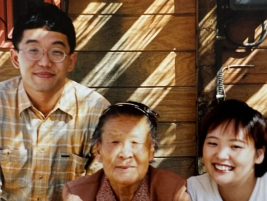Essays
-
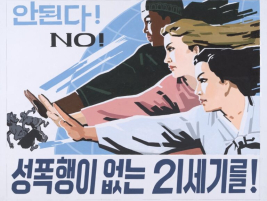
- No Longer Silenced!
-
A review of Unsilenced: Sexual Violence in Conflict, the UK’s first exhibition focusing on the issue of sexual violence during modern and contemporary global conflicts.
-
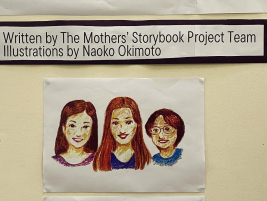
- My Mother Is More Than A Comfort Woman: A Storybook of the Lolas from Their Daughters’ Perspectives
-
My Mother Is More Than A Comfort Woman is a storybook that presents the experiences of Filipino “Comfort Women” survivors through the eyes of their daughters and a granddaughter.
-
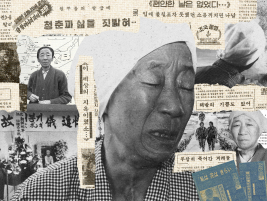
- A “Comfort Woman” Who Has Yet to Return Home, a Memory That Has Yet to Be Mourned: The Name Bae Bong-gi
-
Is it still possible to remember Bae Bong-gi’s life and mourn her death beyond the adversarial structure between nations?
-
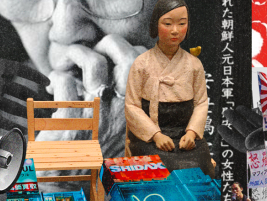
- Why the “Statue of Peace” Exhibition Is an Act of Practice
-
The solidarity practice of Japanese citizens who finally realized the exhibition of the “Statue of Peace” through the “Non-Freedom of Expression Exhibition”—more than a decade in the making.
-

- Visiting the Memorial Museum Ravensbrück, the Site of the Largest Women’s Concentration Camp under Nazi Germany
-
The irony is that Germany, which is often hailed as a “model” country for past liquidation by providing compensation to victims of wartime forced labor through government-industry collaboration, did not even include women forced into sexual slavery in the category of victims entitled to such compensation and still does not recognize their legal victim status.
-
- Right-wing or Conscientious?
-
Recommendation from Professor Takashi Machida of Changwon National University, Advocate for the Japanese Military “Comfort Women” Issue
-
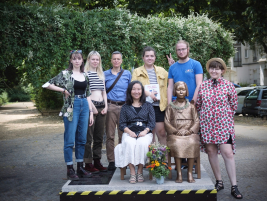
- The Meaning of the Berlin Statue of Peace for Us: A Global Case of Success in the Postcolonial Feminist Movement
-
The Berlin Statue of Peace, established in 2020, marked an important milestone in the “Comfort Women” memorial movement as the first public memorial of its kind in Europe.
-

- Who is afraid of images?
-
In August 2000, I videotaped the medical examinations of the Japanese military “Comfort Women” victims in preparation for the upcoming “Women’s International War Crimes Tribunal” scheduled for Dece
-
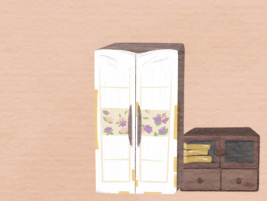
- The rooms of the surviving “Comfort Women” - Kang Il-chul’s room
-
What kind of everyday life do the surviving “Comfort Women” victims residing in the <House of Sharing> leads? <Kyeol> the Webzine has arranged an essay series to look at daily life of those who live at the <House of Sharing>, centering upon the space of the “room.” The fourth protagonist is Kang Il-chul.
-
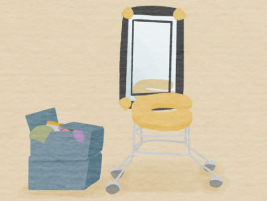
- The rooms of the surviving “Comfort Women” - Park Ok-sun’s room
-
Upon Park Ok-sun's return to South Korea, she moved back and forth between her younger brother's house and her nephew's house in Seoul, and eventually was admitted to <House of Sharing> in 2002.
